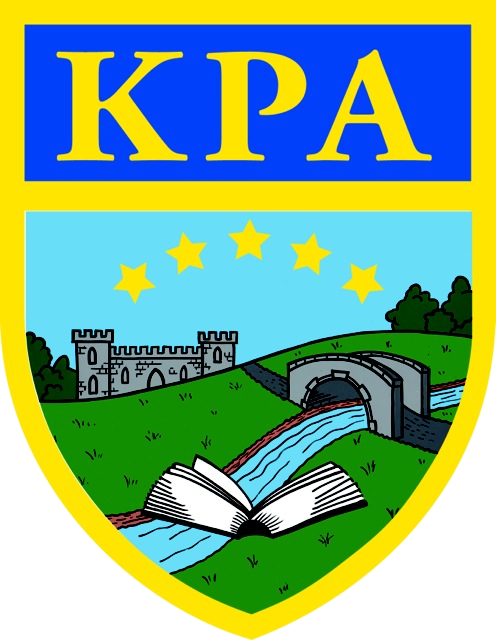Science
Our children will have opportunities to foster curiosity, critical thinking, and a foundational understanding of the natural world. We aim to equip our children with the skills and knowledge to explore scientific concepts through observation, investigation, and experimentation. We will help children understand topics like plants, animals, materials, forces and the environment by supporting them to explore scientific ideas, share their findings and build confidence in their abilities to investigate and learn. We will equip our children with different types of enquiry: comparative/fair testing, research, observation over time, pattern- seeking, problem-solving and identifying, grouping and classifying to support them to be independent and inquisitive about the world they live in .
During Key Stage 1, pupils observe, explore and ask questions about living things, materials and phenomena. They begin to work together to collect evidence to help them answer questions and to link this to simple scientific ideas. They evaluate evidence and consider whether tests or comparisons are fair. They use reference materials to find out more about scientific ideas. They share their ideas and communicate them using scientific language, drawings, charts and tables.
During Key Stage 2, pupils learn about a wider range of living things, materials and phenomena. They begin to make links between ideas and to explain things using simple models and theories. They apply their knowledge and understanding of scientific ideas to familiar phenomena, everyday things and their personal health. They begin to think about the positive and negative effects of scientific and technological developments on the environment and in other contexts. They carry out more systematic investigations, working on their own and with others. They use a range of reference sources in their work. They talk about their work and its significance, and communicate ideas using a wide range of scientific language, conventional diagrams, charts and graphs.
Below is a link to our vocabulary list, these are shared on our working walls and with our children.

